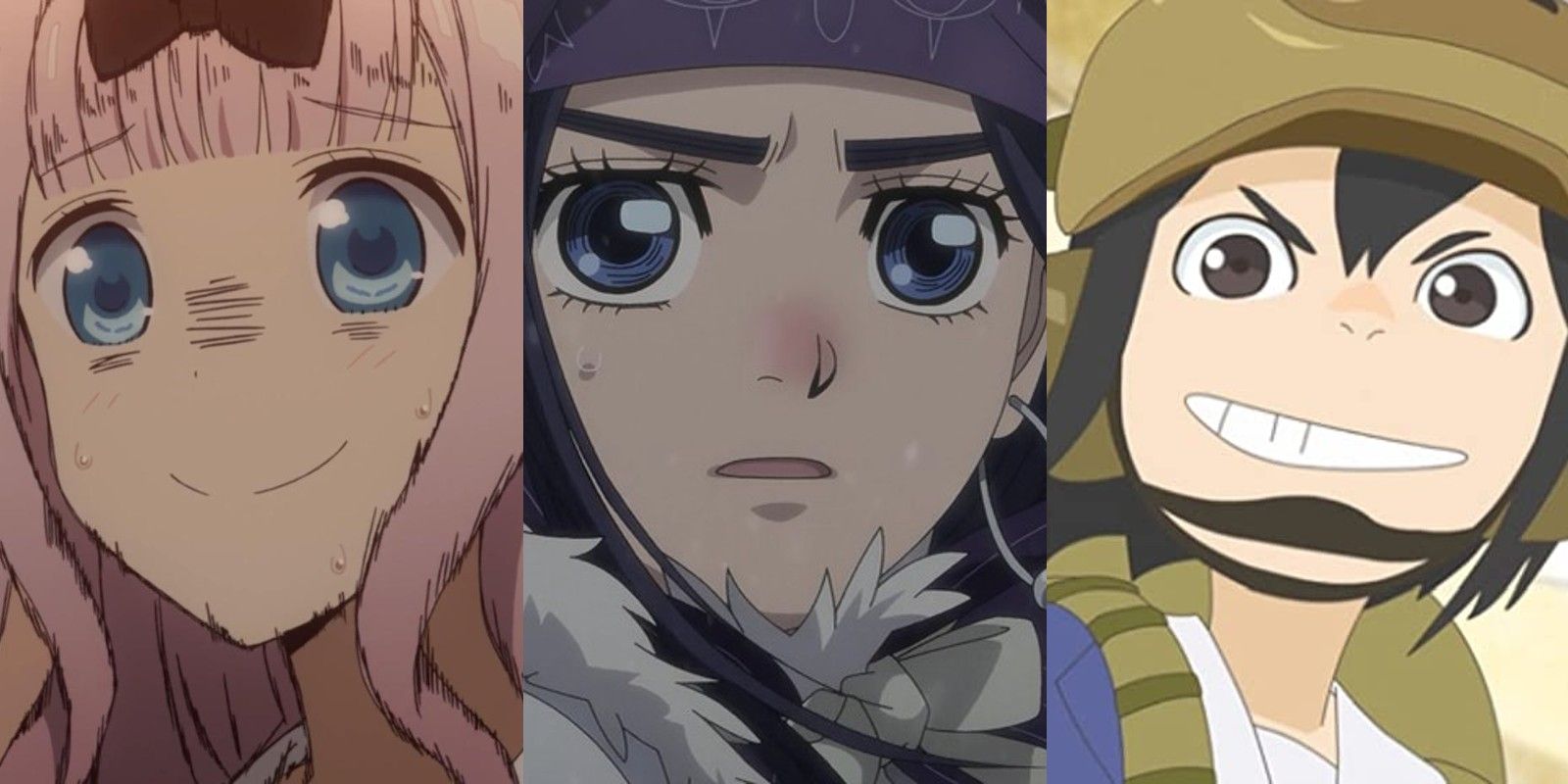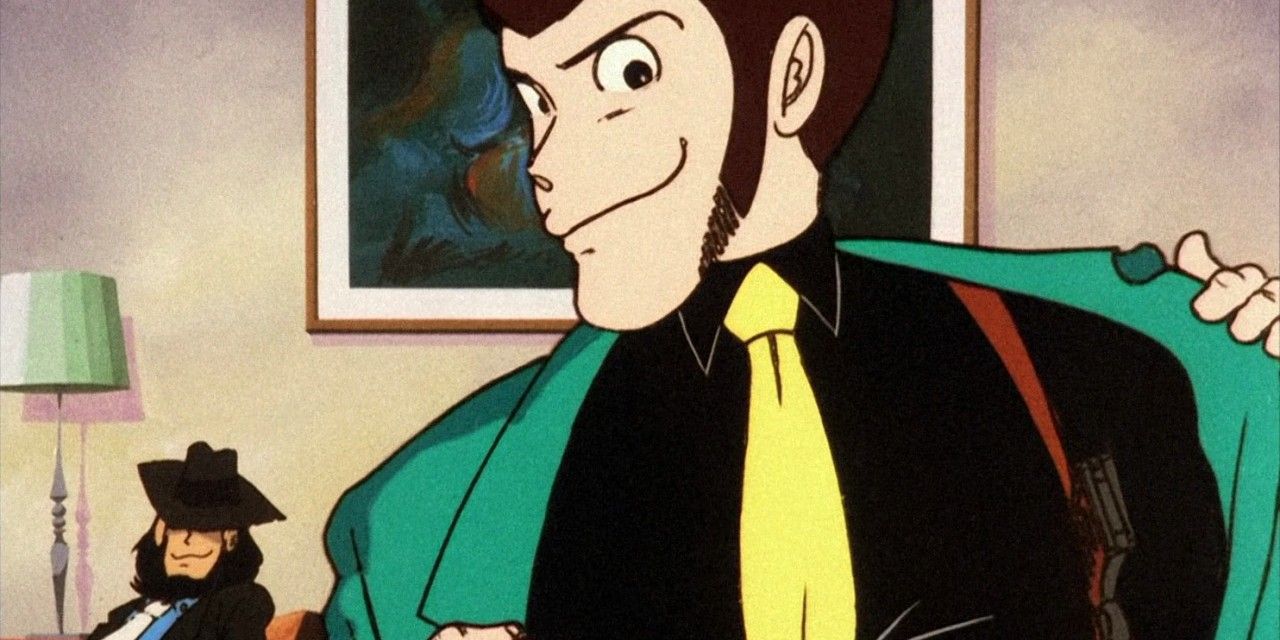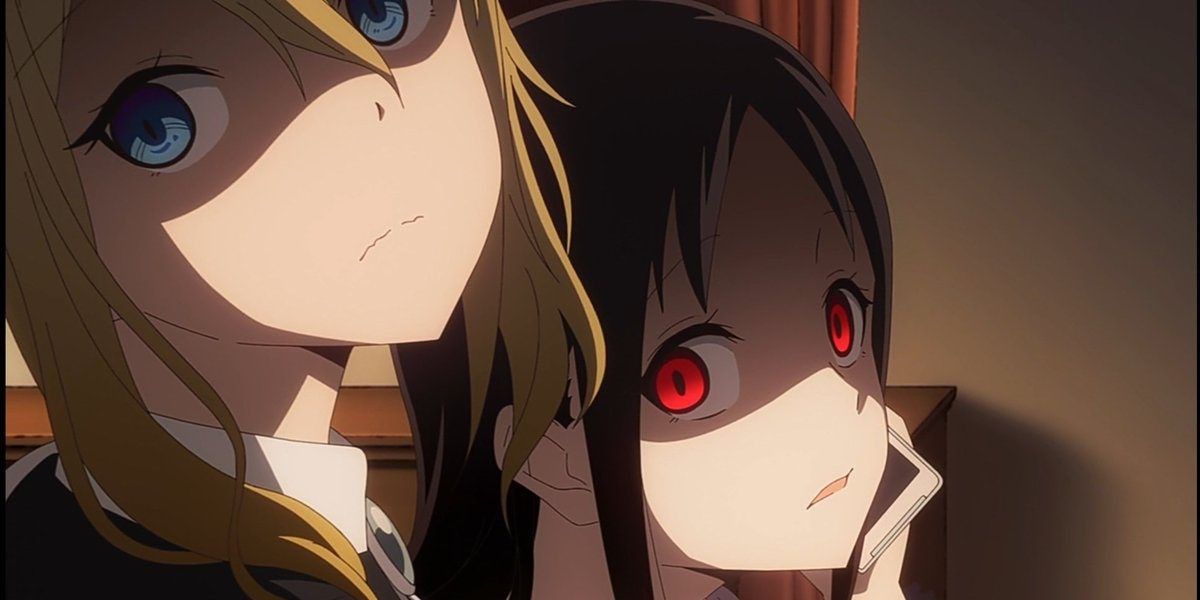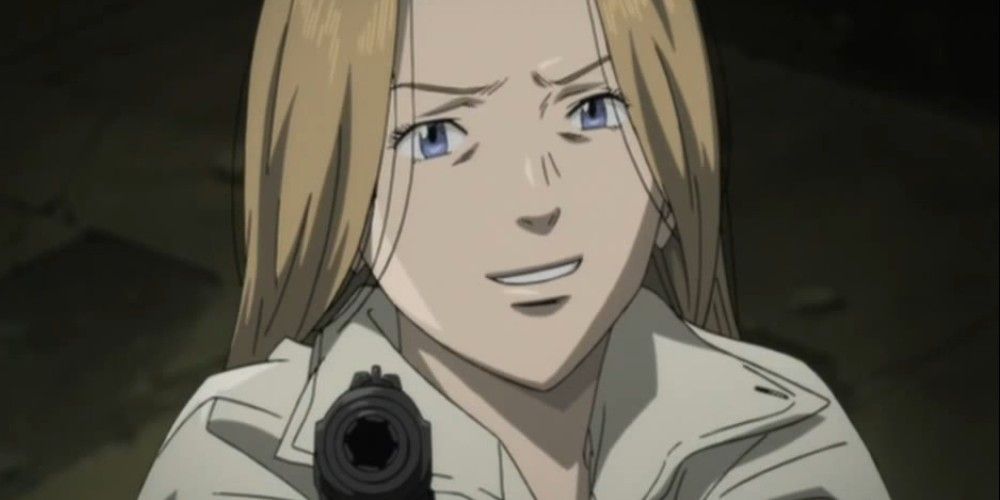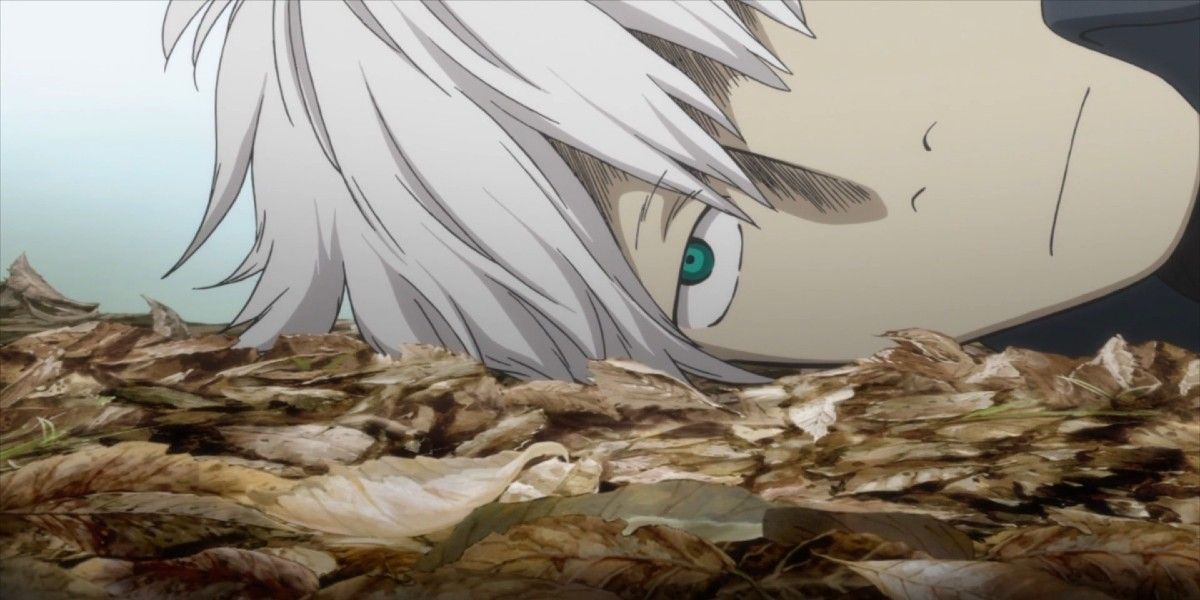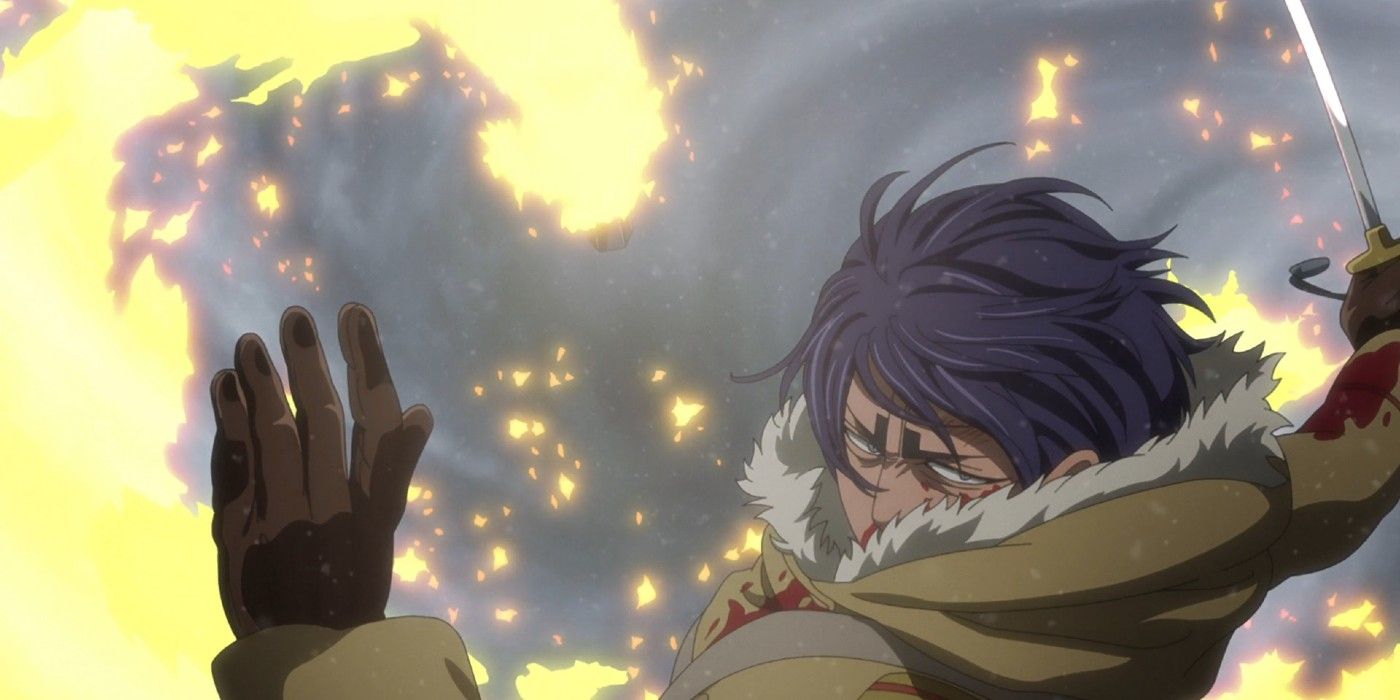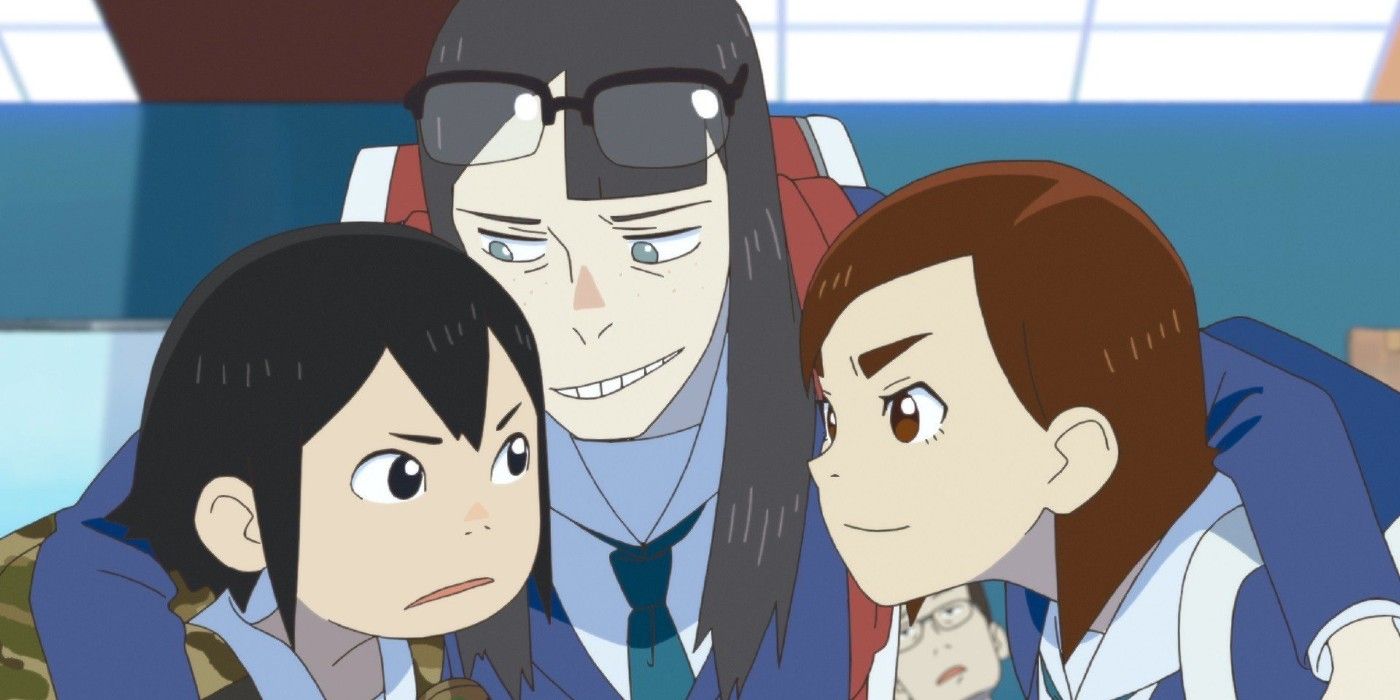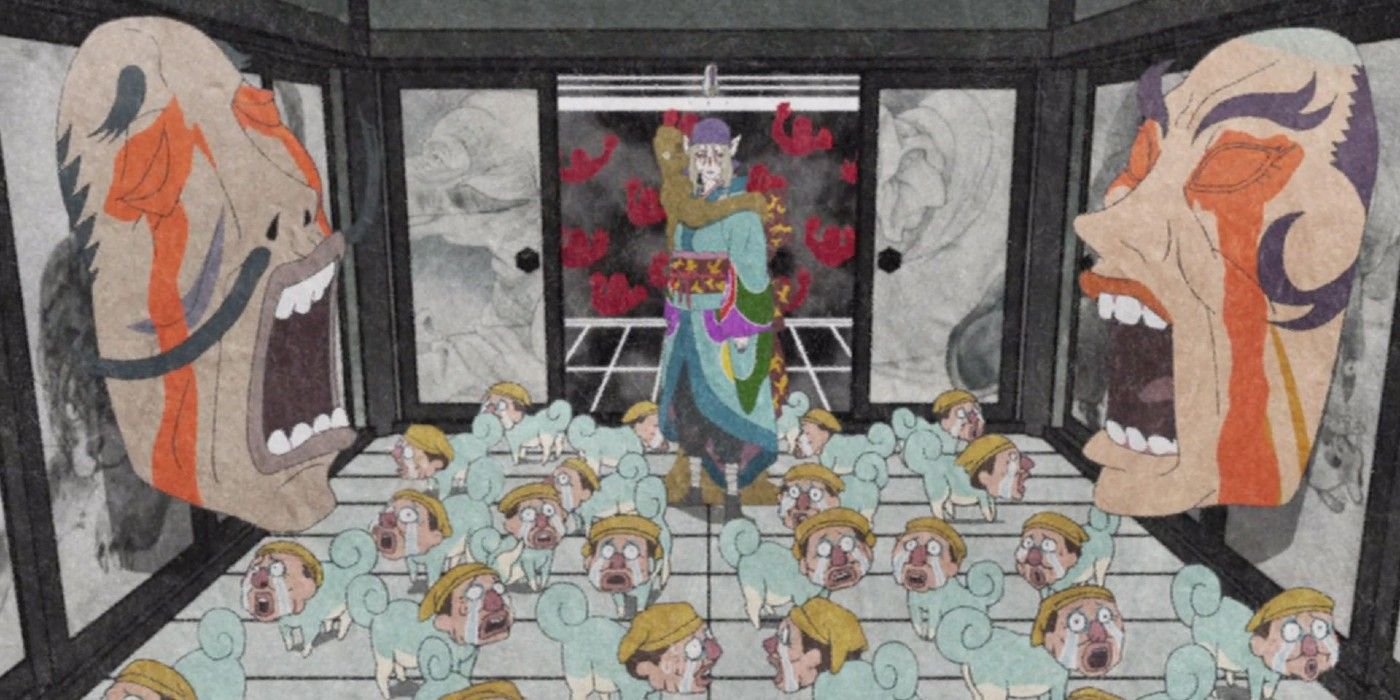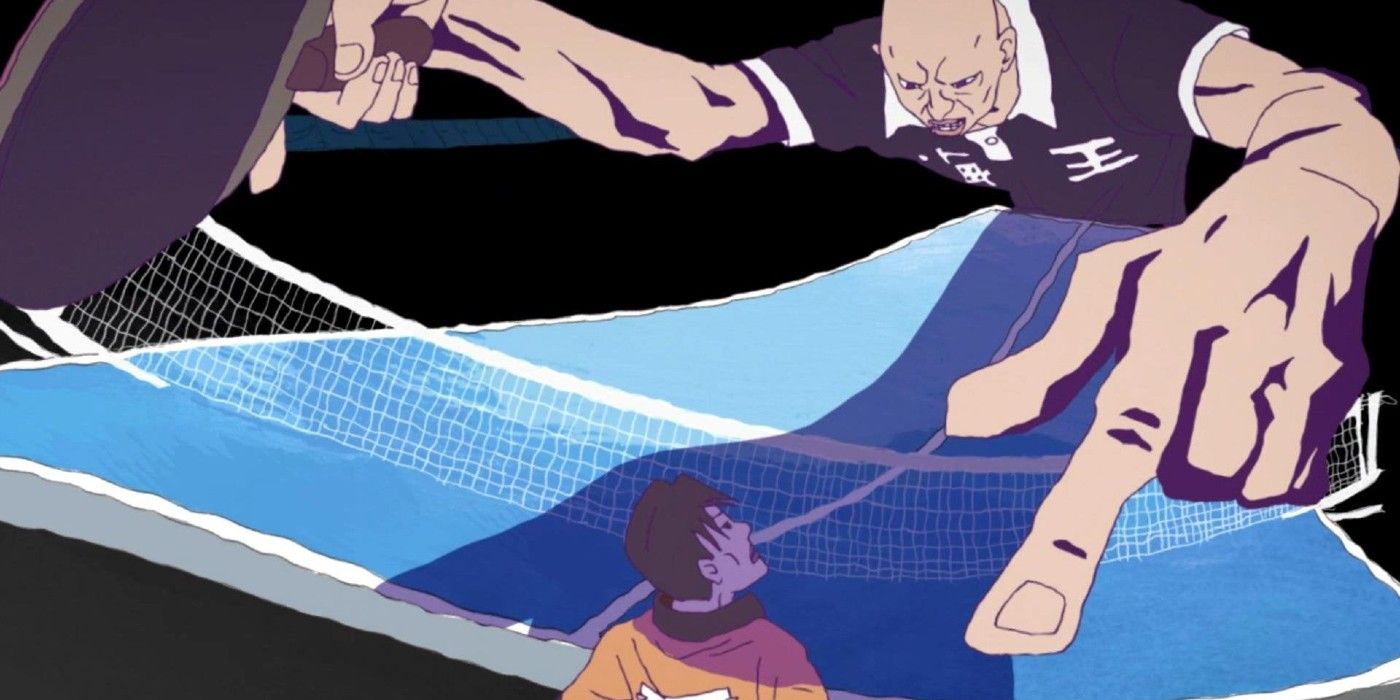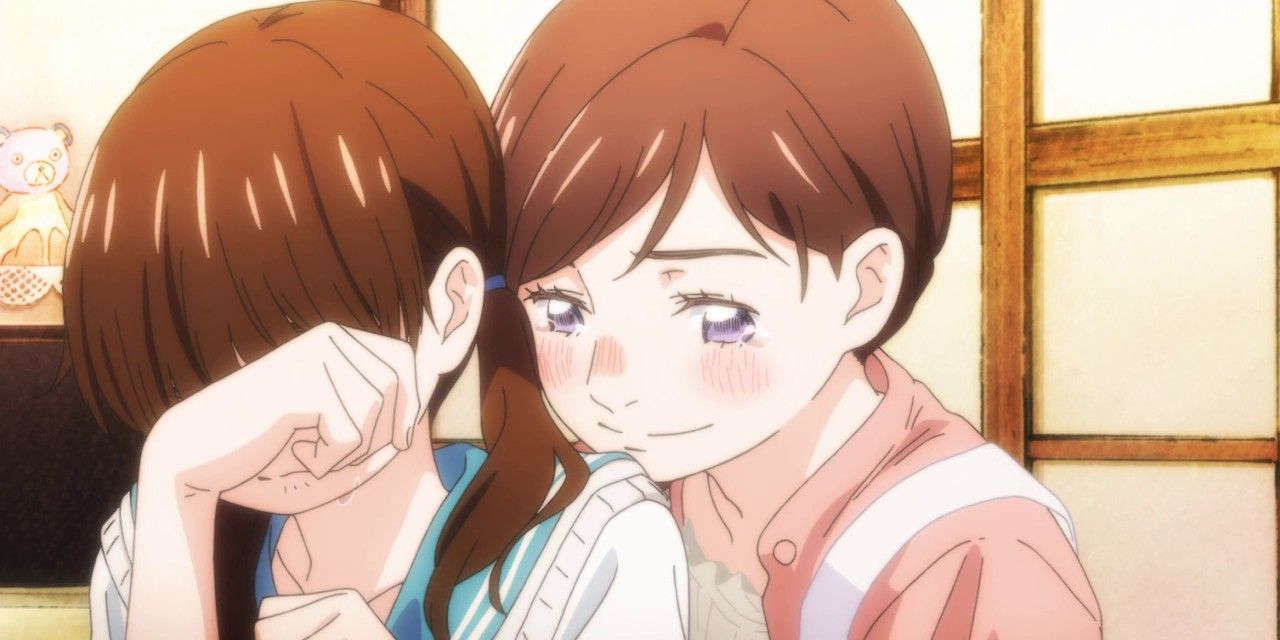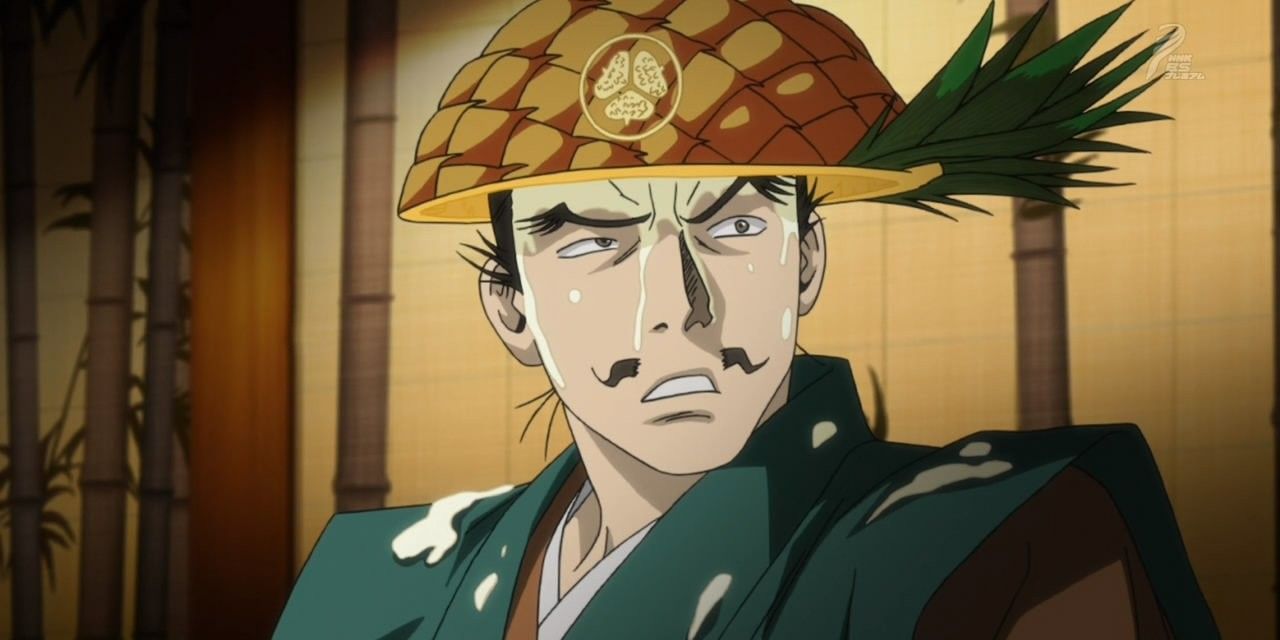Seinen anime are some of the most popular in the medium, sitting just behind shonen. Because of that, there are countless seinen shows that vary wildly in terms of styles, themes, tones, and genres. Many of them have gone on to become classics of the medium and anime that are considered essential viewing. Other works slip under the cracks, cultivating a cult following instead.
Some of these great works have factors that play against them. Their premises might be too specific or esoteric, their pacing might be too slow, or their art direction might be too abrasive. Regardless of these hurdles, there are seinen shows that succeed when they should not. What would normally be considered faults or issues become strengths for these shows.
10 Lupin III Shows Two Different Voices & Both Work
Prior to 1971, the landscape of anime was very different. Shows did not have as much explicit content or violence. That changed with Lupin III. Director Masaaki Oosumi wanted to maintain the manga's edge and tone. Lupin did not hesitate to kill people if it made the heist go smoother. His sexual appetite was also far more pronounced.
This angle would change midway through the season after Oosumi was kicked out of production. The adult tone of the show did not attract as many viewers at the time. He was eventually replaced by Isao Takahata and Hayao Miyazaki, the future co-founders of Studio Ghibli. To their credit, their lighter version of Lupin III works really well and is incredibly enjoyable.
9 Kaguya-sama: Love Is War Keeps The Premise Fresh By Expanding Its Focus
The initial premise of Kaguya-sama: Love is War is very cute, but unsustainable. It starts off by focusing on the cutely antagonistic romance between Kaguya and Shirogane. They have a mutual crush for each other but have too much pride to admit it first. It becomes a game of chicken where they keep trying to bait the other to admit their feelings.
However, that premise can only go on for so long before becoming stale. The anime expertly dodges this by focusing on the side characters and giving them more prominence. This allows the main duo time to breathe and keeps the humor varied.
8 Monster Overcomes Its Pace & Length Through Incredible Suspense
Monster is an incredibly dense work spanning 74 episodes that are meticulously paced and move as fast as the mystery and suspense will allow them. This speed, or the lack of it, might be difficult for most viewers to sit through, but Monster doesn't care. It is solely focused on delivering a tense cat and mouse chase across Germany during the mid '90s. It feels as oppressive as the Iron Curtain that looms in its past.
Monster pulls off its extended thriller story effortlessly. Almost every character is incredibly complex and compelling. Eva Heinemann goes from being one of the flattest characters in the show to a sympathetic and flawed person. Each turn the anime takes is harrowing and terrifying.
7 Mushishi Gives Unrivaled Depth While Staying Firmly Grounded
Mushishi is a supernatural mystery anime that puts heavy emphasis on the questions and themes it presents. It incorporates elements of horror, slice-of-life, and fantasy to tell stories that are grounded in nature and humanity. Ginko acts as the show's lens. Since he's a fairly detached person, the viewers approach each story with the same level of distance.
Ginko tries to do what he can to help the villagers he meets, but he can only do so much. Mushi are forms of life that are closest to its truest essence. No matter Ginko's efforts, life will run its course. The anime conveys its lessons without becoming too obtuse or pretentious.
6 Golden Kamuy Excites With Its Adventure And Setting
Golden Kamuy has a lot of moving parts. Its story has multiple factions chasing for buried gold, all of them housing layered characters with varying allegiances. It has one of the most tense modern adventure plots in anime while also delivering a lot of gags. Its tone is playful but can turn dark at the drop of a hat with so many plot twists and betrayals.
The anime feels like it is stacking an incredibly unstable house of cards, but it pulls it off. It gets its cake and has it too. The character writing is unbelievably good. Every character has some degree of likability. The historical setting is incredibly detailed and pushes the story forward.
5 The Charming Ambition Of Keep Your Hands Off Eizouken!
Keep Your Hands Off Eizouken! might be the best anime about creating anime. It's a show for creatives who aspire to make it in the industry. A lot of Eizouken's focus are on technical aspects of animation, ways to cut corners without dropping quality, and understanding that compromise is necessary. This could alienate those who do not care about animation that deeply.
Eizouken flourishes by funneling its passion through its extremely personable characters. Mizusaki, Asakusa, and Kanamori are an incredibly likable trio that convey the creativity in a palatable and relatable way. This series definitely speaks to fans' inner animation nerd.
4 Mononoke Builds Up Its Horror Through Unconventional Means
Anime horror shows play up the terror by employing moods, darker pallets, and heavy atmospheres, but Mononoke is an outlier. Instead of flat and neutral colors, Mononoke is incredibly vivid. It evokes ukiyo-e, a traditional Japanese art form that is very colorful. The horror reveals itself as the viewers are given more insight on what is really happening.
The show's bold methods result in a fantastic anime. Every episode is tense and bewildering with striking and inventive art that leads to fresh and hellish scares. Mononoke respects the intelligence of the audience and trusts that they will understand the mystery soon.
3 Ping Pong The Animation Marries The Traditional To The Experimental
At its core, Ping Pong the Animation follows the traditional sports anime formula where characters are defined by their relationship to the sport. Smile and Peco are table tennis players first and foremost. However, Ping Pong excels in exhibiting the tradition. The characters are smartly written, the games they play have strong stakes, and the outcomes impact individual growth.
The anime works so well partially due to its visuals, as director Masaaki Yuasa lends the show some of his artistic flexibility. His way of directing and animating allows for more expressive and fluid shots instead of a rigid but detailed look. It is a very potent mixture.
2 Empathy & Compassion Radiate From March Comes In Like A Lion
March Comes in like a Lion is more than just a sports anime about shogi; it's about human connection and healing. Rei doesn't practice shogi from a pure love of the game. He does it because he's good at it, and being good gives him enough financial stability to live away from his foster family. He's a traumatized child who isolates himself.
The anime shows how compassion from the Kawamoto sisters allows Rei to open up and heal. Once he does, he starts loving shogi and life more and more. It might be strange for a sports anime to put primary focus on the healing properties of meaningful human connections, but March Comes in like a Lion does it to perfection.
1 Hyouge Mono Is Really Weird But Very Compelling
A 39 episode anime about the aesthetics of tea ceremonies during the Sengoku period shouldn't be this good. Hyouge Mono's premise is far too specific to find any meaningful audience. Viewers should have a hard time latching on to the story when it is so divorced from modern sensibilities. All that considered, Hyouge Mono's merits are undeniable.
Ultimately, this anime is about politics. The tea ceremony aspects play into court politics, posturing, and philosophical differences. A bold choice of aesthetics could signal rebellion or be seen as an insult. This plays out amazingly when paired with the various coups and wars of the anime. Hyouge Mono is a show with many outstanding layers.

